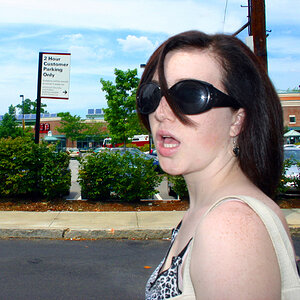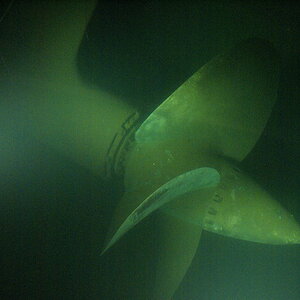TreeofLifeStairs
No longer a newbie, moving up!
- Joined
- May 12, 2013
- Messages
- 1,082
- Reaction score
- 289
- Location
- California
- Website
- treeoflifestairs.com
- Can others edit my Photos
- Photos OK to edit
Do you guys switch between color spaces depending on what you're shooting or just stick with one? If you do switch, why? If you stick with one, which one?



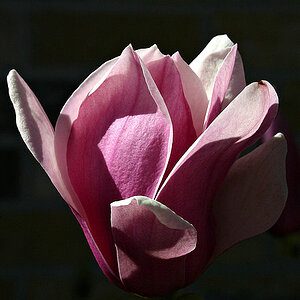

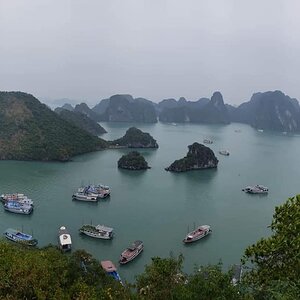
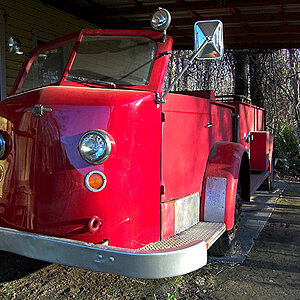

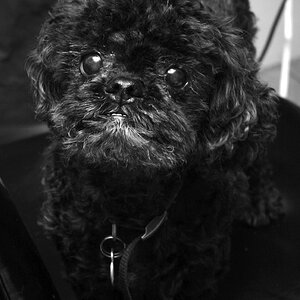
![[No title]](/data/xfmg/thumbnail/33/33906-2f9b24e4b1e1be07f68257916df0f2b3.jpg?1619736208)

